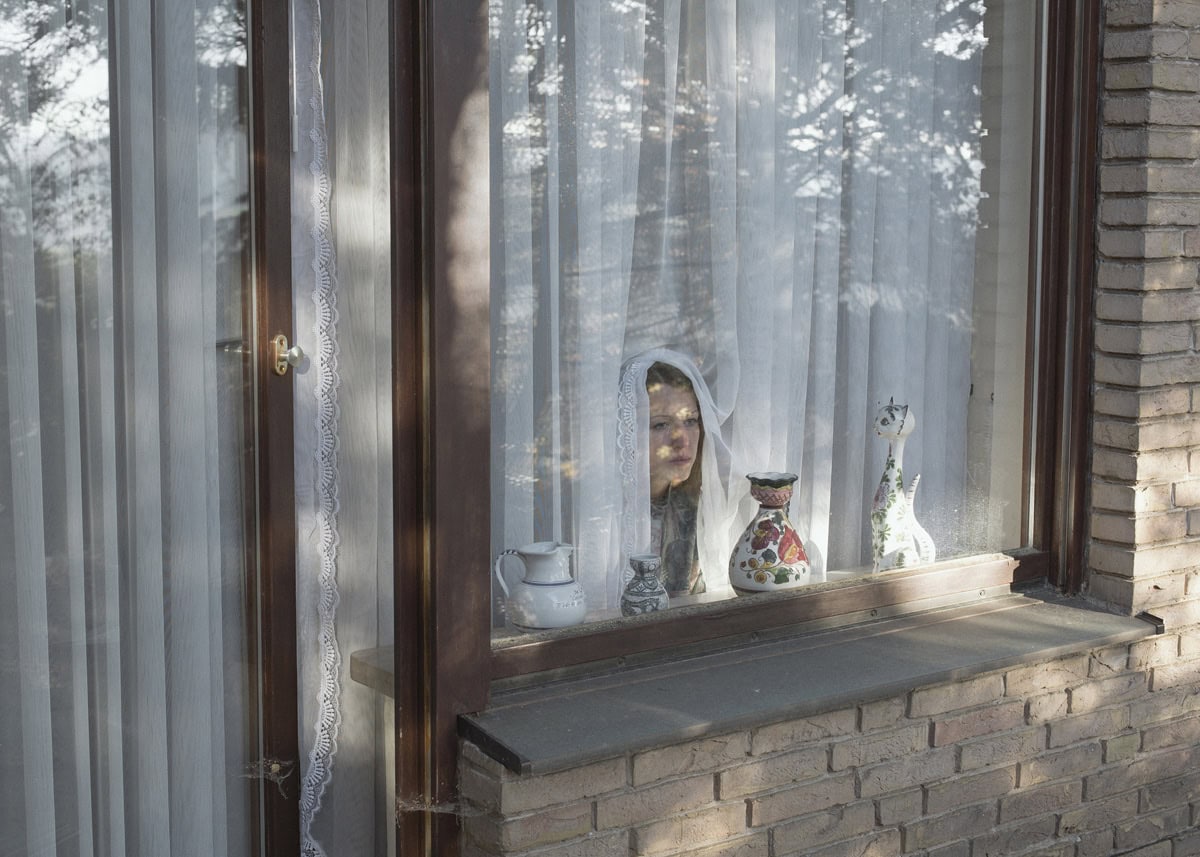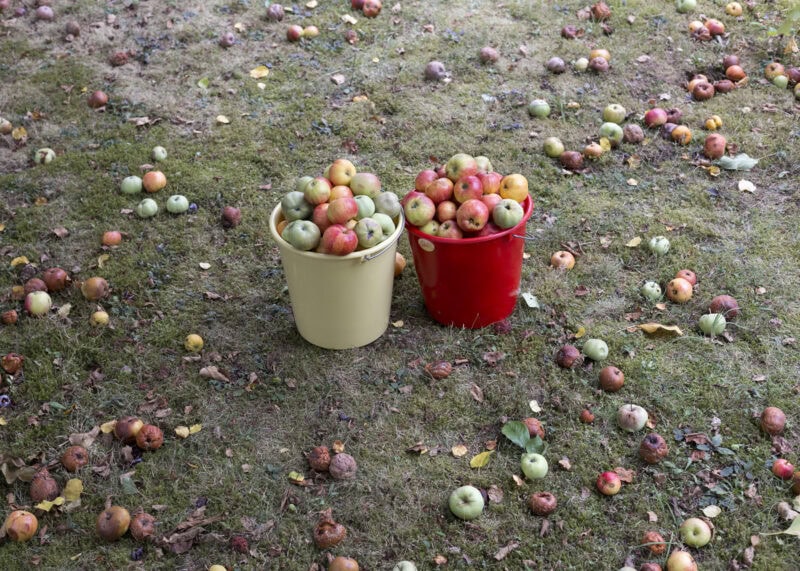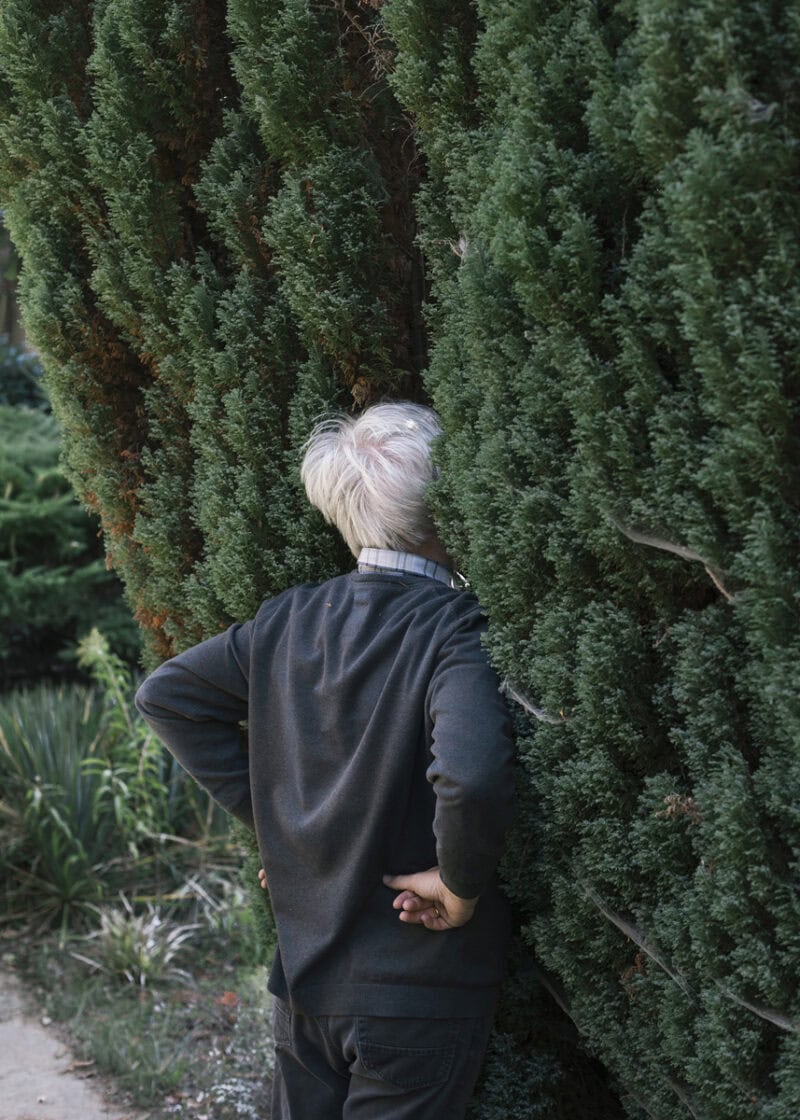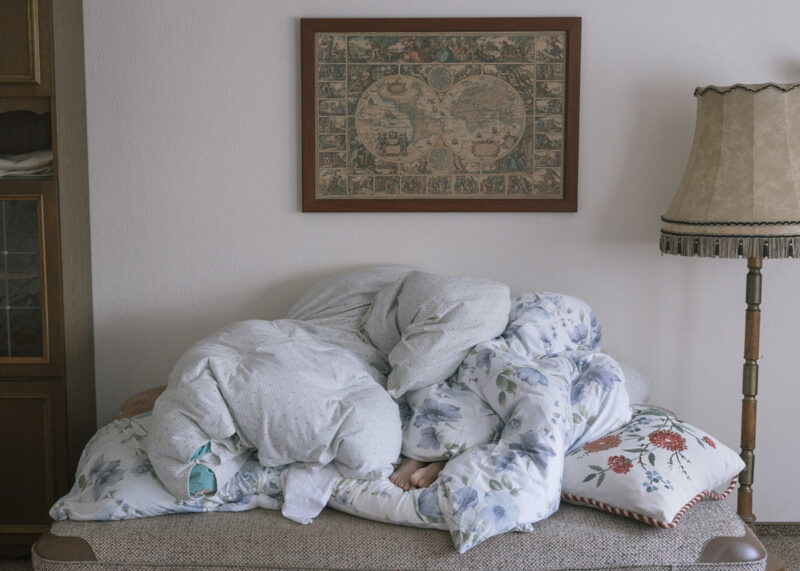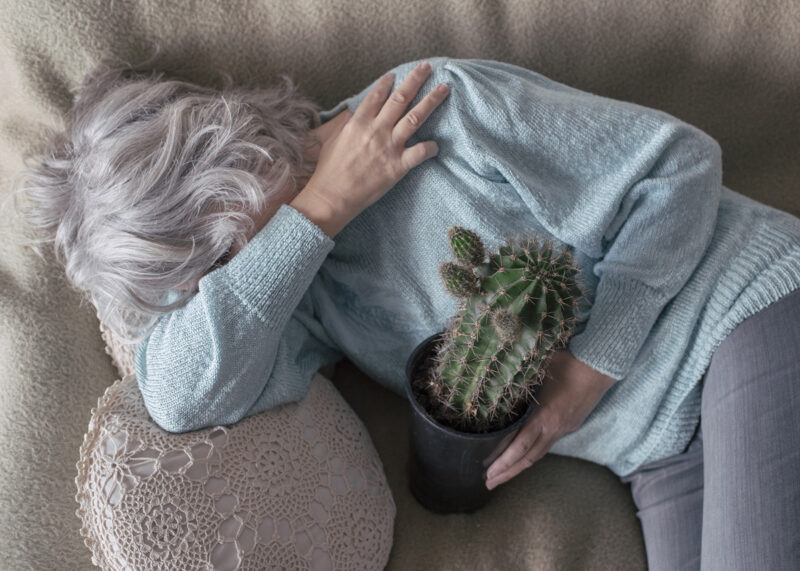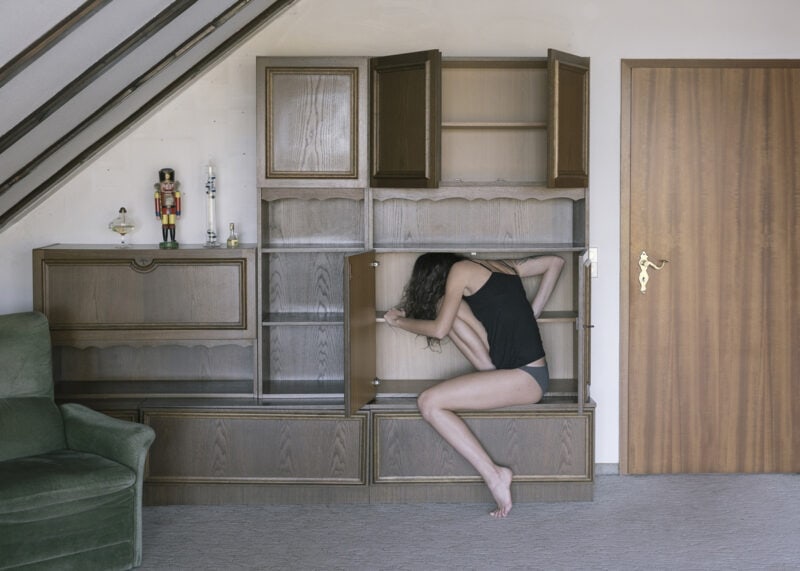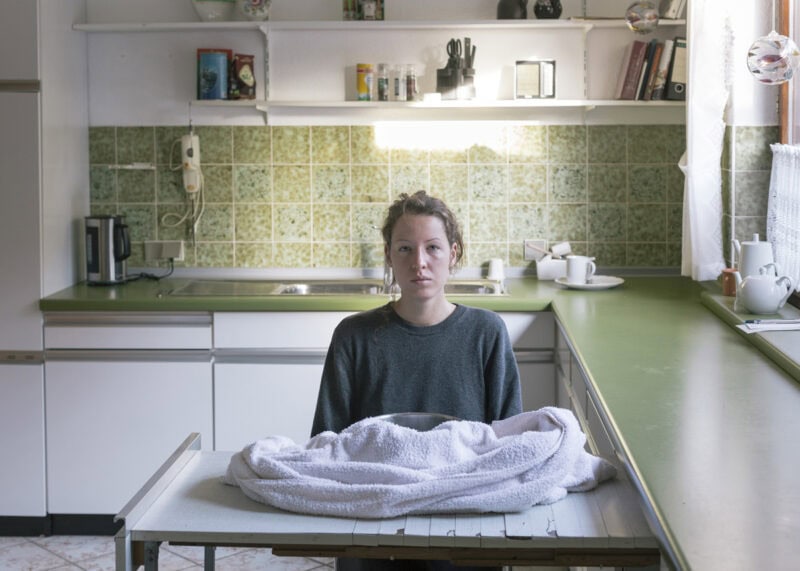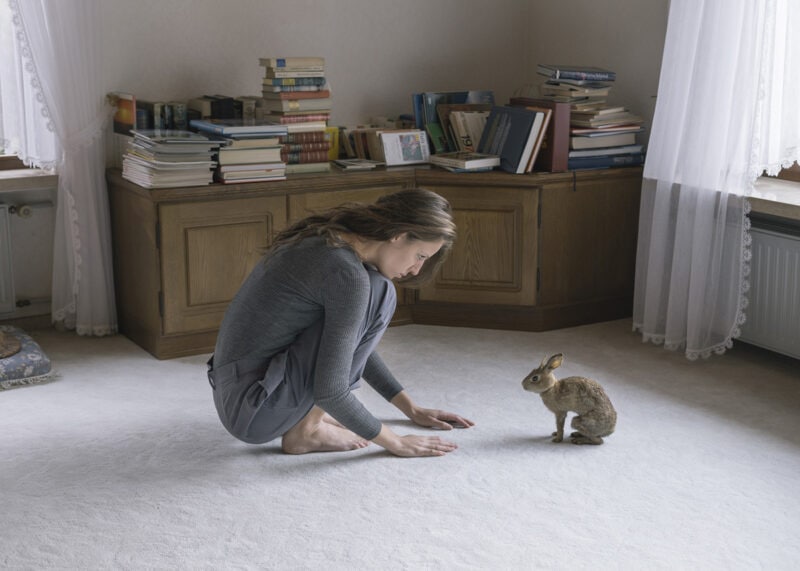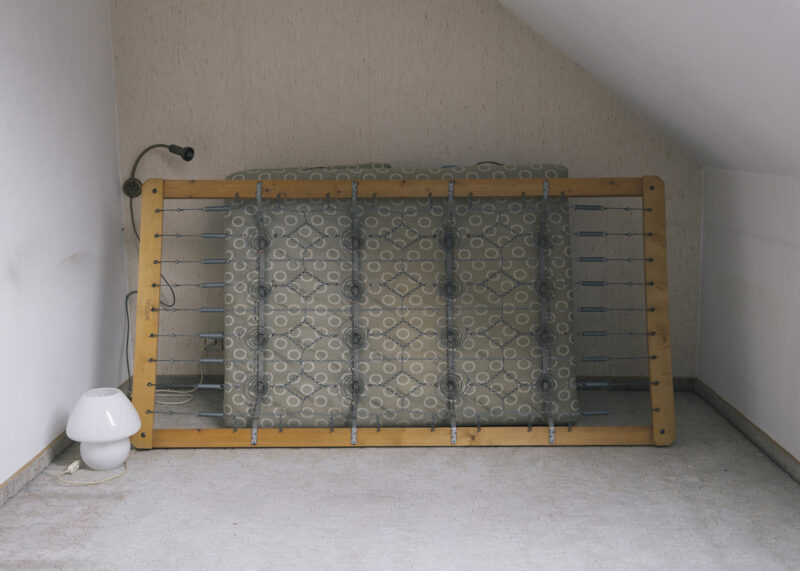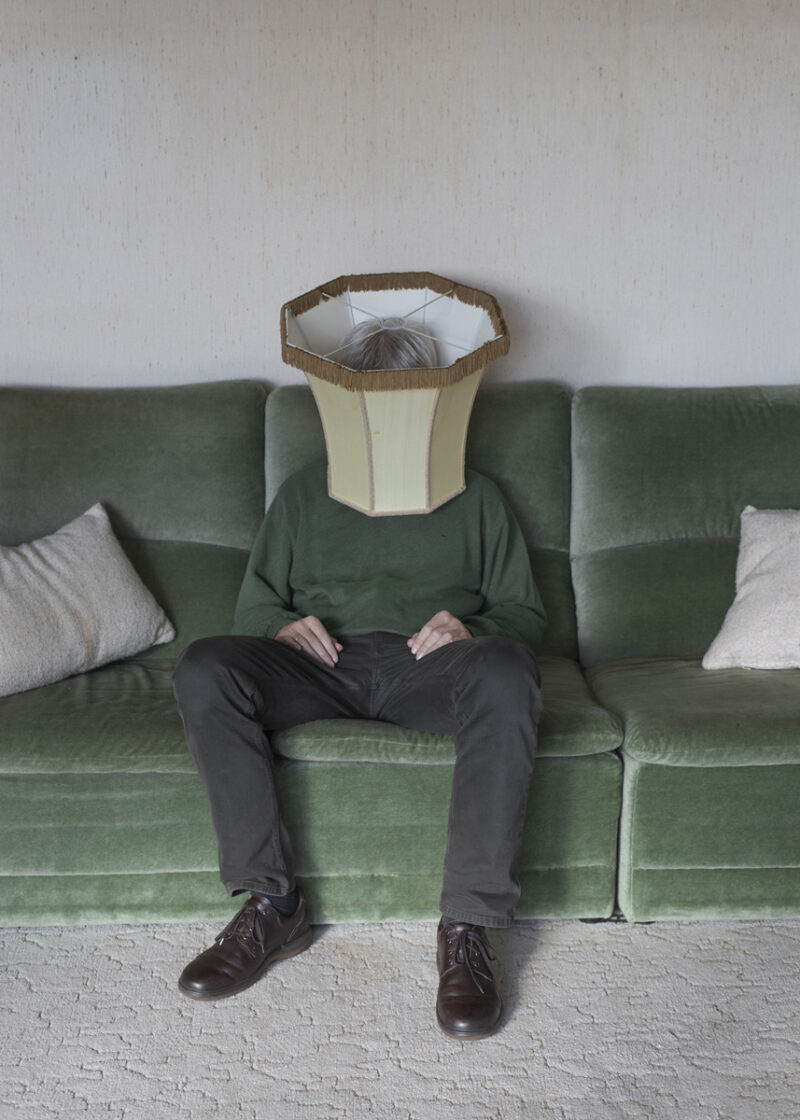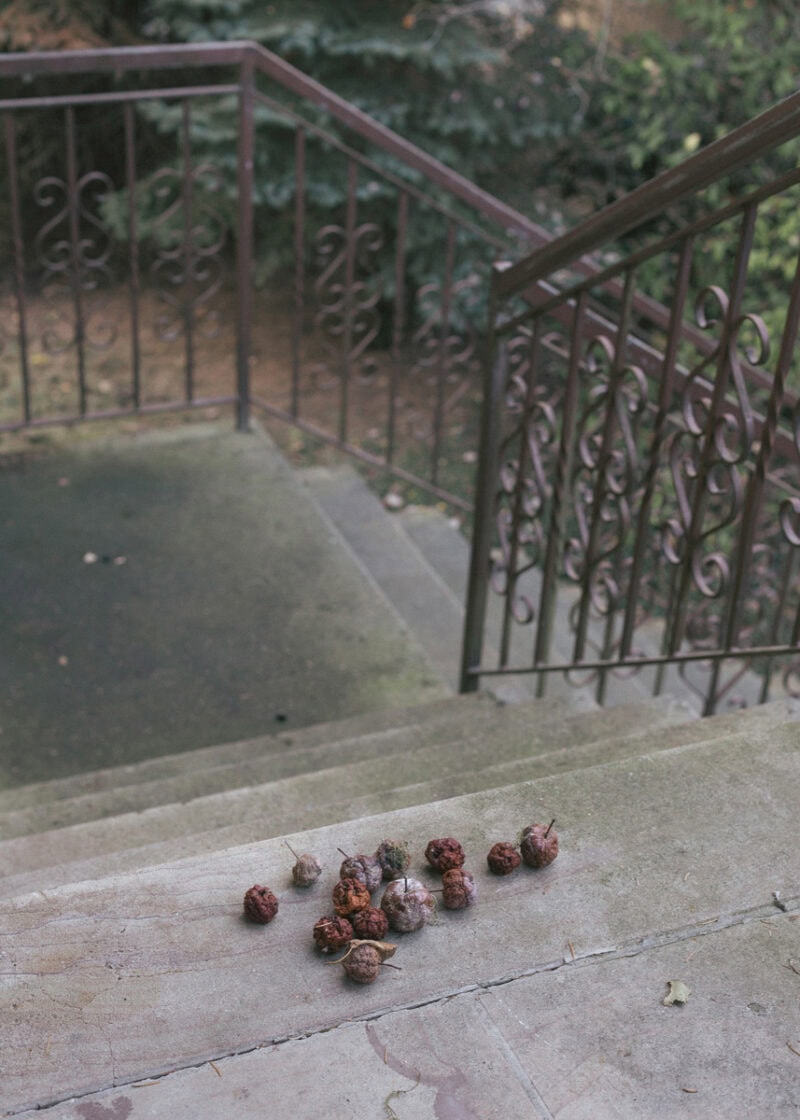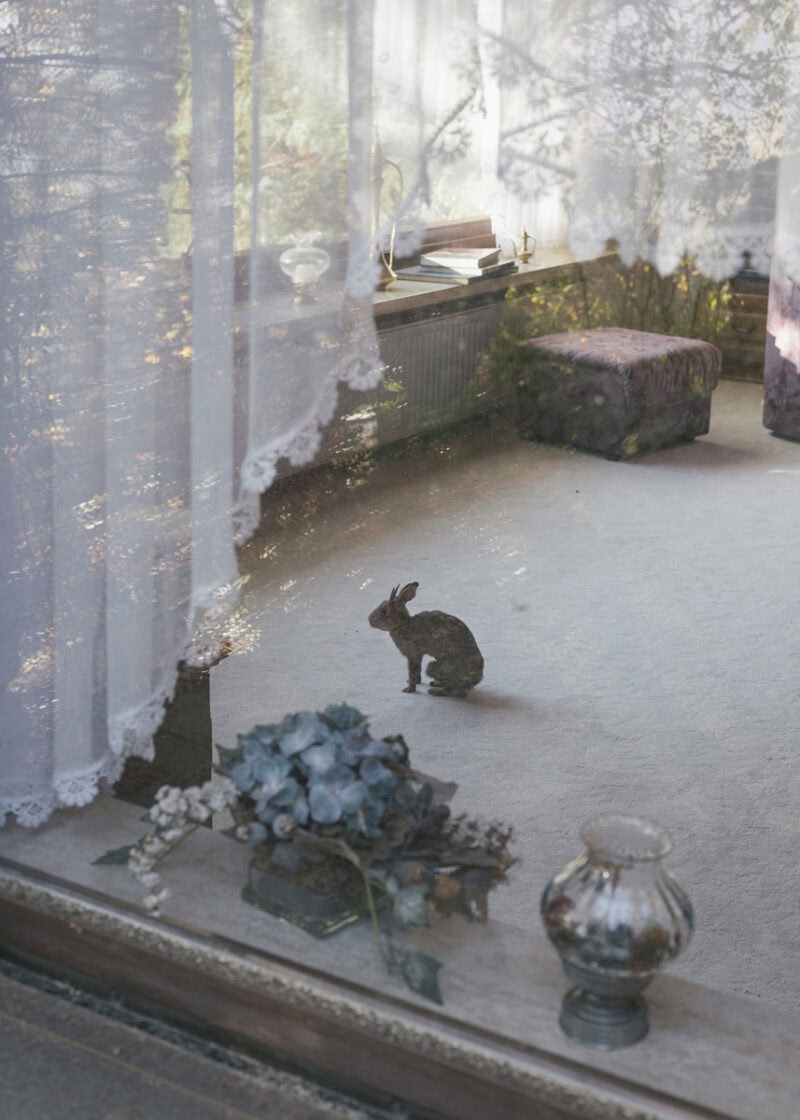Teresa Pistorius is a photographer in Hamburg, Germany.
Her work deals intensively with the human body, the inner emotional world, and external perception. She also uses staged photography and self-portraiture to capture intimate and sensitive moments in a poetic-artistic way. For this, she often finds subjects in her immediate environment that touch her. It is important to me to create visibility and to enable a close, unbiased exchange between the portrayed and the viewer.
Her work has been awarded and exhibited at the Triennale of Photography Hamburg, Frise Künstlerhaus Hamburg, Affenfaustgalerie Hamburg, Museum of Art Bochum, Kubus Hannover and Enfants Artspace Hamburg. Her pictures have been featured, among others, in Profifoto Magazin, NichtJetzt! Magazin, Berliner Zeitung and Chrismon Magazin.
About BILLERBERG — words by Teresa Pistorius:
One last time I am walking through the rooms, sucking in the smell and traces of a life. He used to sit over there, I used to play here as a child, and right there under the tree was my favorite hiding spot. Grandma died here, they carried him out there. My grandfather was a refugee from Silesia, he lost his house and his home in the Second World War. After years and years of hard work and saving up he was finally able to build a new home for him and his family. This house on the hill quickly became the meeting spot for all of his relatives, the scene of joyful celebrations, but also the place where everyone gathered after his wife, my grandmother, died at the young age of 58. In the end he spend most of his time alone in the 280 square meters, rarely left the place, until the house and my grandfather became one in the heads of family and friends: He himself had become a piece of home for them.
All these memories and feelings are stored, adhered to furniture and walls and once again I am trying to merge with it, scrape off as much as possible and take it with me. Because we will not keep this piece of home. The house on the hill remains my grandfather´s lifelong dream because none of his children or grandchildren can imagine living there. Too unfavourable, too big, too far away from everything.
The photographs were taken shortly before the house was handed over to its new owners. Many things had already been thrown out, a few things stored, but in many ways it was exactly as he had left it. For the pictures I tried to immerge into the house, to experience it the way my grandfather did all these years. To do so, I spent a few weeks alone in the large and quiet rooms. The resulting self-portraits as well as the staged photographs I took of my parents might seem a bit disturbing at first, and they definetely play with absurdity. But more importantly, they deal with grief and loss, with insecurities and hard decisions, with farewells and memories.
